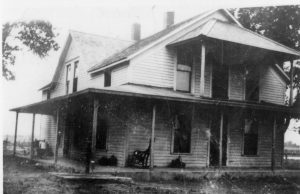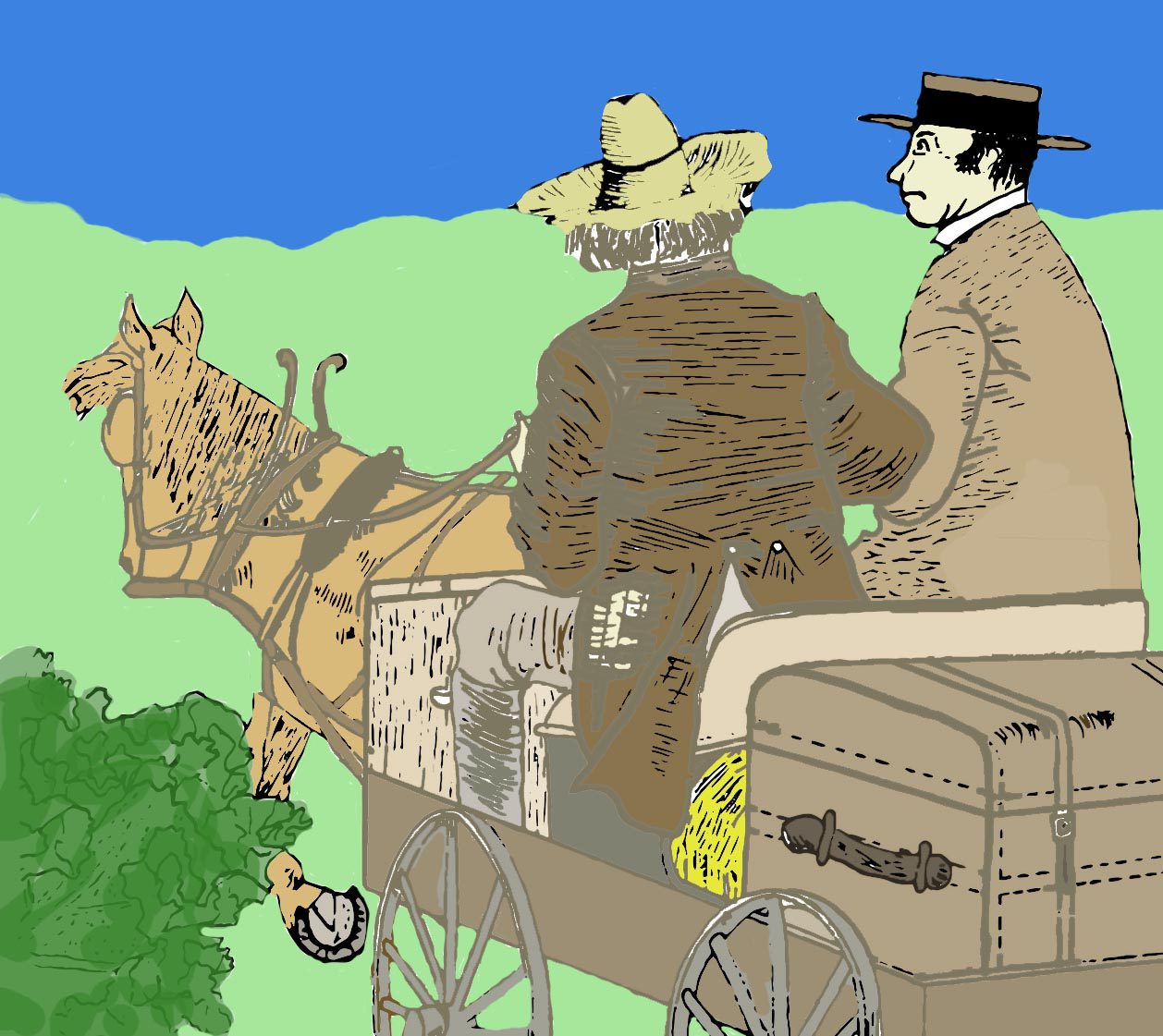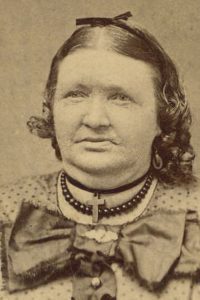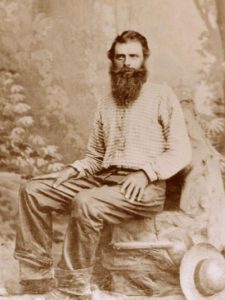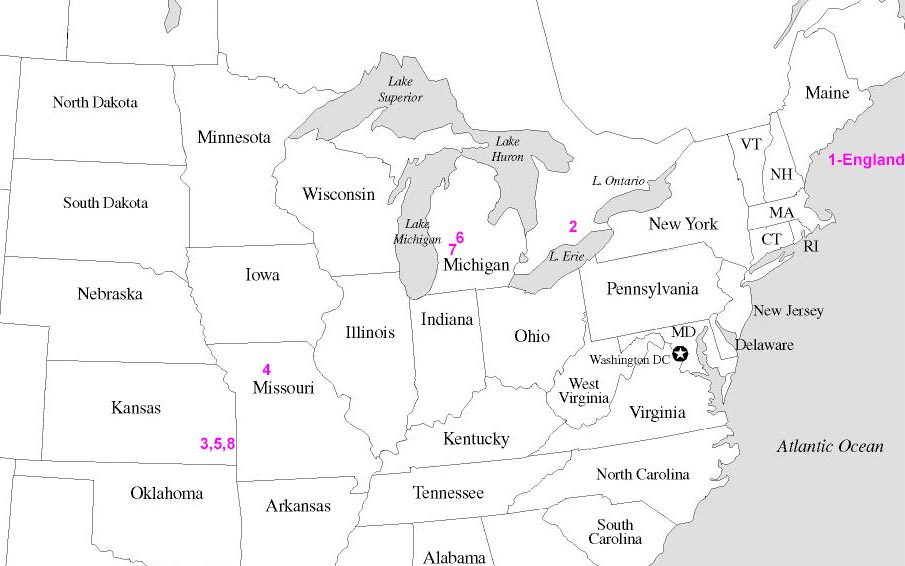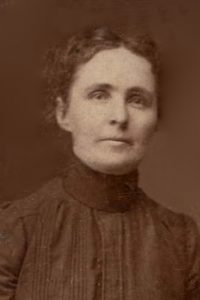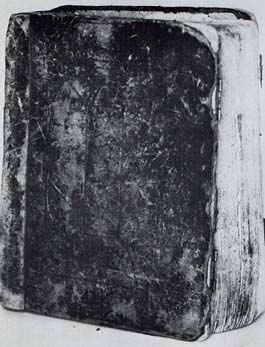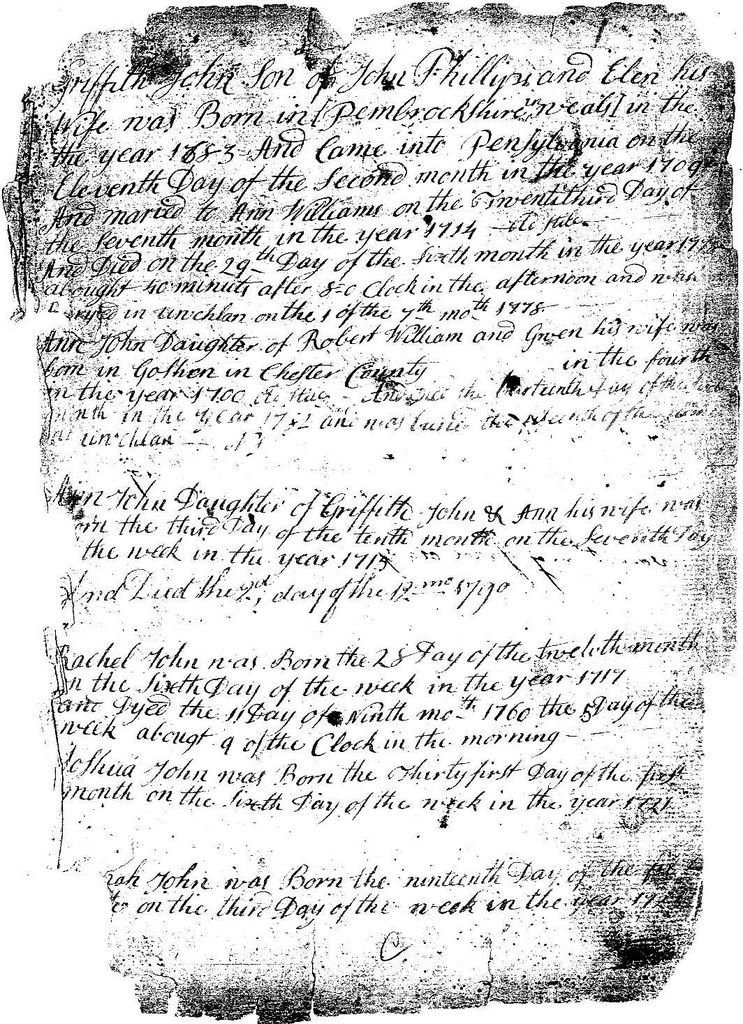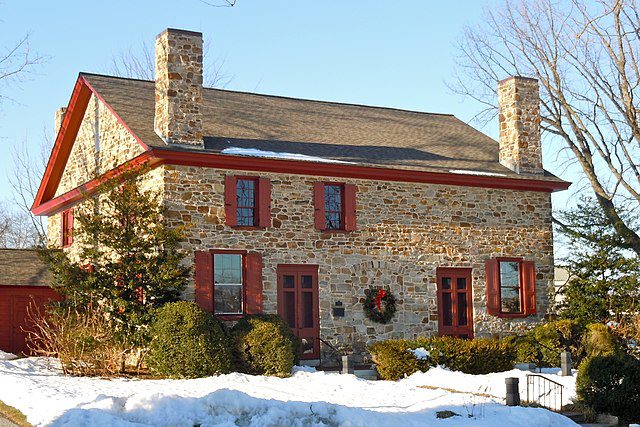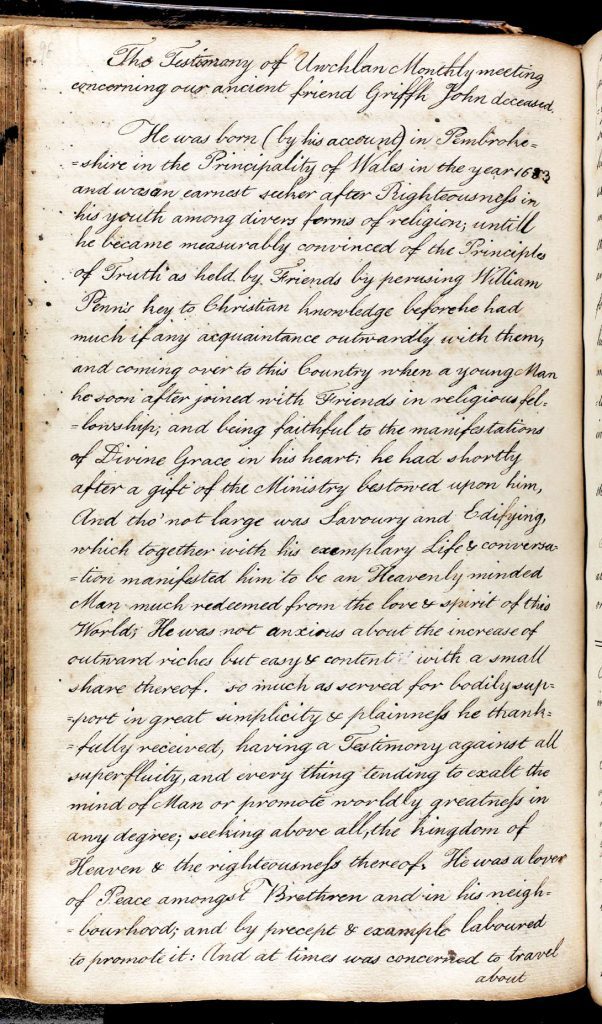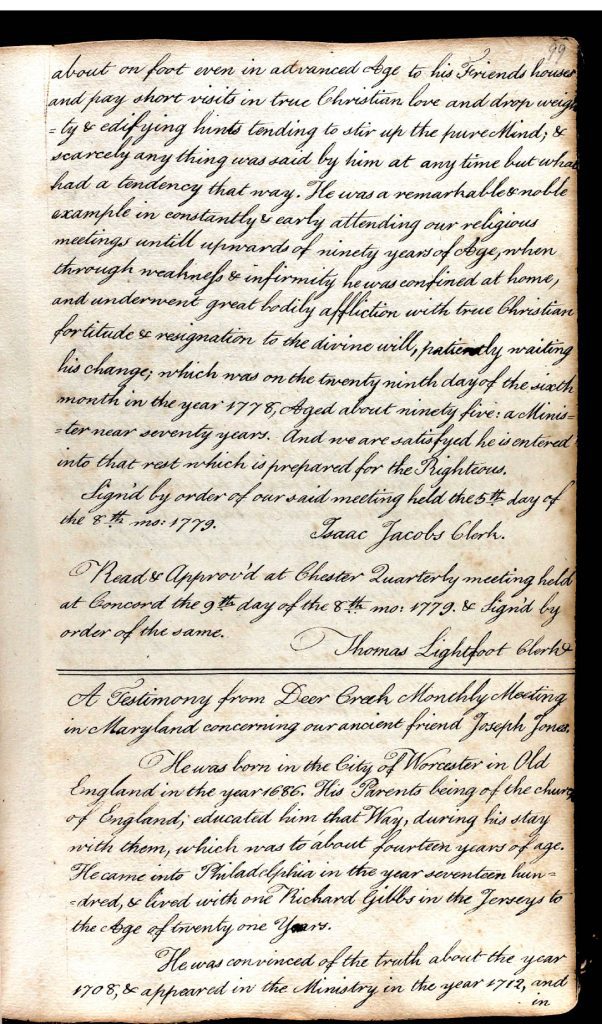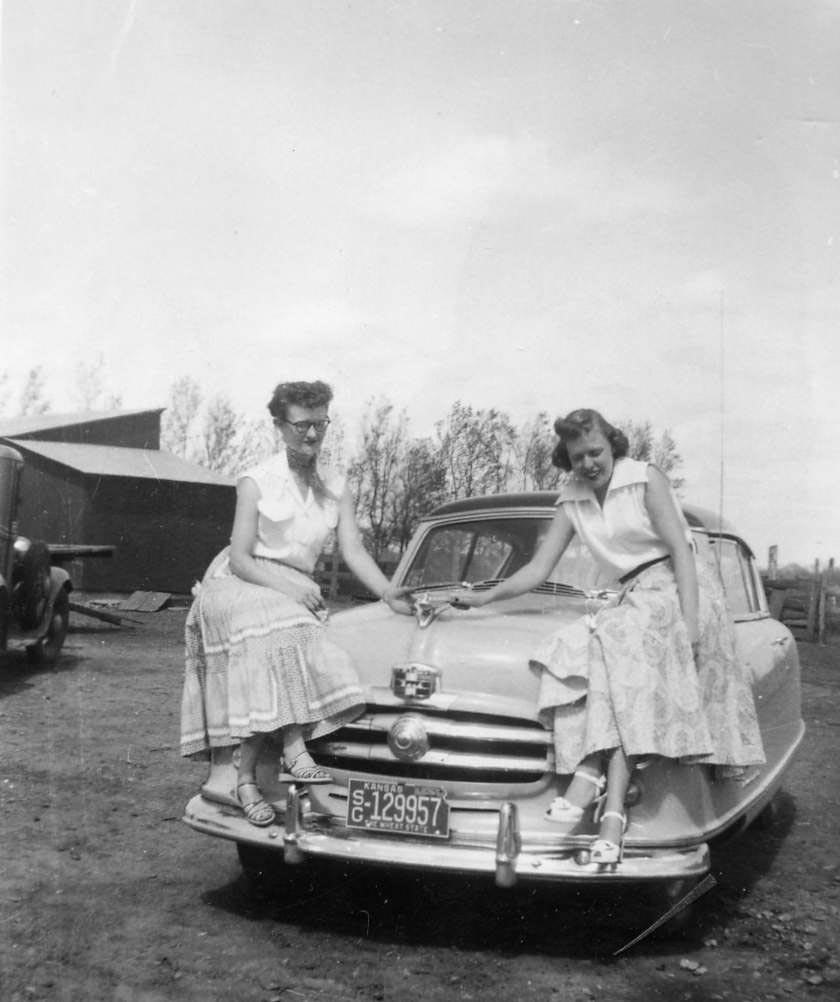
Aunt Ruthe and Aunt Dee were very involved in exploring the spirit world in the 1970s. Dee kept much of their writing, including a draft of a book. It included many interesting topics. But, what does it have to do with genealogy? Stay tuned to the end and you will find out.
The Beginning
Ruthe first became interested in the spirit world in 1968 when her husband Jerry (later divorced) took an interest in ESP (Extra Sensory Perception). They were living in Florida and Jerry was doing work related to the space program. Through his contacts there, he learned of the spiritualist work and mediums at nearby Cassadega. The Cassadega spiritual camp had been founded in the late 1800s by George Colby, who was a practicing medium. He named it after Cassadega, New York, which was adjacent to Lily Dale, another spiritualist community, which George had visited.
 The Interviews
The Interviews
During this time Jerry did extensive interviews with Anne Gehman, who would become a well-known psychic medium and healer. Much of the information from those interviews was included by Harold Sherman in his book “You Can Communicate With The Unseen World.” Today, she has been featured in at least 39 books.
Teaching
When Ruthe and Jerry returned to Kansas. Ruthe worked evenings and so Jerry continued to work with ESP and mind to mind connection. Then, he began teaching others those skills.
Automatic Writing Venture
Now that Ruthe and Dee were both located in Wichita the two of them discussed many different topics related to the spirit world, spiritual techniques, and life in general.
One day as Ruthe was trying automatic writing, a technique where a person writes without consciously thinking about what they are writing. Suddenly, she started hearing information. This became a technique that she used to get “psychic” information over a significant period of time. Ruthe and Dee asked many spiritual questions, questions about the world, questions about current events, medical conditions (one of Dee’s strong interests), past lives, spiritual connections (i.e. karma) and more.
Ruthe realized that what she was doing was different from what Jerry had been studying and teaching. She was using a spiritual technique and was gifted with clairaudience. Over time information came to Ruthe faster and she graduated from writing to typing to dictating.
The Draft Book
In the box of materials Dee had kept was a draft of a book simply titled “Notes From The Other Side.” It was written in the 1970s and contains seven chapters: predictions, make-up of man, color, creation, giving direction to life, health, and healing. She claimed that the entire manuscript was written (dictated) by spirit.
With the exception of the section on predictions, most sections contained some combination of deep thought and new age topics with religion sprinkled in. Although they used different words, they touched on the fact that energy takes the path of least resistance and the importance of belief that you can do something in actually achieving that goal. Dee’s impact on the writings are clearly evident, particularly in the health section, as she was always very interested in different conditions.
One section that I found thought provoking is:
“Much of the madness felt today in the world is not madness, but a confused state of being. The transition of spirit, mind, body and soul is such that it cannot absorb the mighty changes facing them each day. If the spirit lags behind, then the body suffers. If the mind lags behind, the spirit suffers. There is more so-called madness today in the world because of the changing pace of the world. Many must learn to accept so many changes in their life style from birth to death that the pace is too great for spirit, mind and body.”
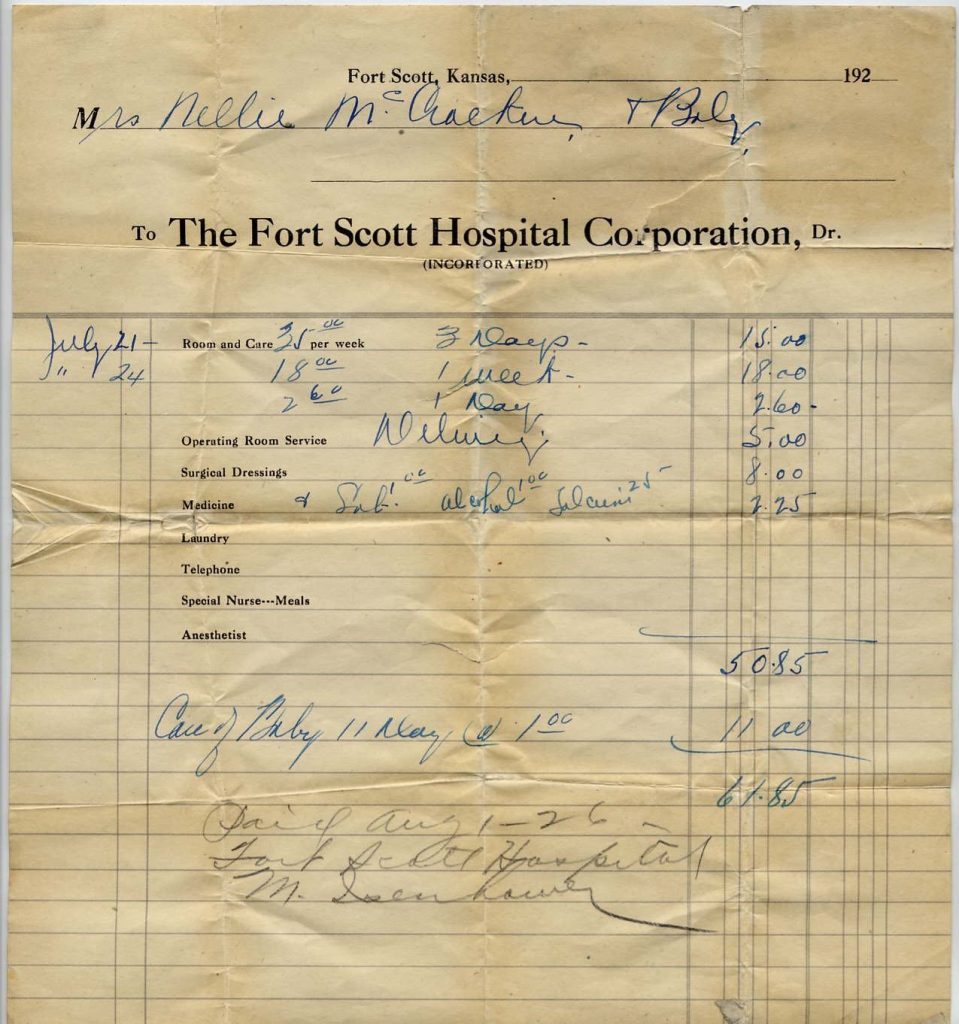
Family
On a more personal level, they asked a number of questions about their family.
Spirit Drain
One of the entries they wrote was about how the loss of their sister Beth only one month after her birth affected their mother. The information they “received” stated that because of the loss, their mother would not let spirit contact her. This left Ruby, the next born, with a spirit drain at birth. Dee, it was said, was impacted, but not to a great extent. However, it claimed that when Ruthe was born that she had many issues and had almost no chance of survival.
The facts that I know about this are as follows. It is true that Ruby was very sickly when she was young. Grandpa worried that they might lose Ruby. Dee, on the other hand, hadn’t been sickly, but had poor eyesight. She always felt that might have occurred because Grandma had the measles while pregnant with her. Then, Grandma was not well toward the end of her pregnancy with Ruthe. Thus, Ruthe was the only one of Grandma and Grandpa’s eleven children born in a hospital, where both her mother and her remained for 11 days. I do not see anything in the hospital receipt that would indicate an issue with Ruthe after birth. That does not mean that there wasn’t a potential issue.
Ambidextrous
Their entry on what made some people ambidextrous vs. right-handed or left-handed indicated that favoring one hand is more of a learned trait than a natural tendency. It claimed that kids naturally use both hands, but that they come to use one or the other over time and was often based on mimicking their parents. If left to their own devices, it was stated that most children would be ambidextrous.
This entry intrigued me because being able to use both hands was a subject that came up often in the family. Grandpa was what I would call semi-ambidextrous. He could do things with both hands, but he did each task with one particular hand. He thought that his kids should also be able to accomplish tasks using both hands. The inability to do this was, in his view, a liability. He did pride himself in the fact that Ruby was left-handed. To him, it made her special.
Genealogy
Their questions to the spirit world included how to solve the family mystery of great-great grandfather Lemuel McCracken’s ancestry. The information they received was that the search should begin in Camelot, Tennessee. It included that the name had changed now, but it could be found on old maps. A different branch of the family was said to live there, but that information at a cemetery nearby would help in the search.
The Search For Camelot
I used multiple tools to search for an old town or area in Tennessee that was once called Camelot. I came up with three possible locations. All three had McCrackens buried nearby.
Bradley County
The location in Bradley County was on the edge of Cleveland, the county seat. It is easy to see how that area may have been called Camelot as the roads in the area include: Castle Drive, Knighthood Trail, and Lancelot Lane. However, very few older McCracken graves were found in this area.
Hawkins County
A location near Rogersville showed up using one tool. However, there were few older McCracken graves. In addition, limited research yielded no associations with the name Camelot.
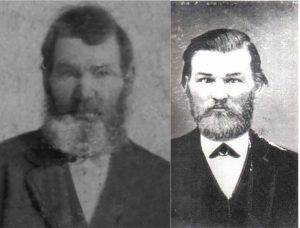
Johnson City
Johnson City is located in northeast corner of Tennessee at the junction of Washington, Sullivan, and Carter counties. The area indicated as Camelot on the map was surrounded on two sides by the road Camelot Circle. This location is the most interesting of the three. This area did have older graves for the McCracken family.
In a local cemetery are the graves of a couple from Pennsylvania. It is in this area that their son John was born in 1811 (20 years before Lemuel). And, it is this John McCracken who looks so very much like Lemuel. I have traced this family back to Pennsylvania. Likewise, Lemuel’s McCracken DNA family also traces back to Pennsylvania. However, I have yet to connect the two families.
Afterward
I am not sure if they continued with their research and attempted to contact the spirit world as they got older or not. I do know that in the early 1980s Ruthe and Dee did a past life regression with me to a life in Germany. After that night, I don’t remember ever talking about these subjects with Ruthe. However, I know that Dee remained interested throughout her life.
“As long as each psychic continues to use his or her talent only to delight for frighten relatives and neighbors or to “read” for the curious public, nothing substantial will result. Only when we establish the psychic on a more scientific bent will we begin to reap the harvest of the vast material available to us.”
 The Interviews
The Interviews
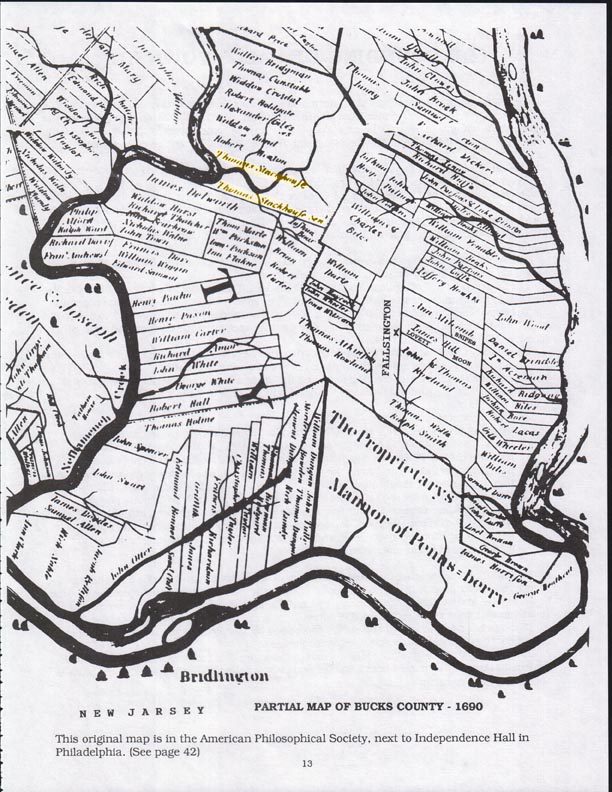 Arrival
Arrival
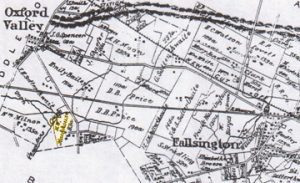
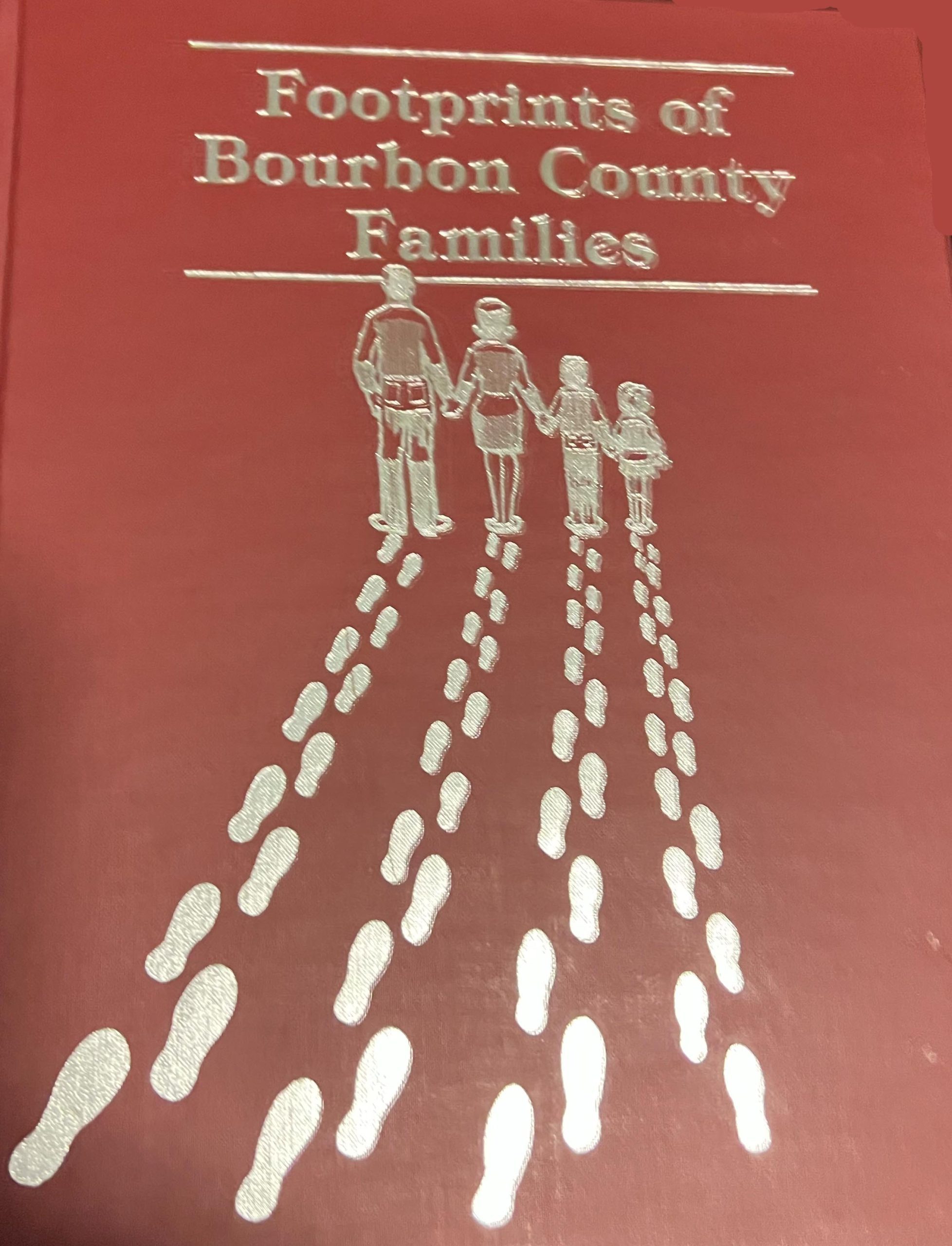
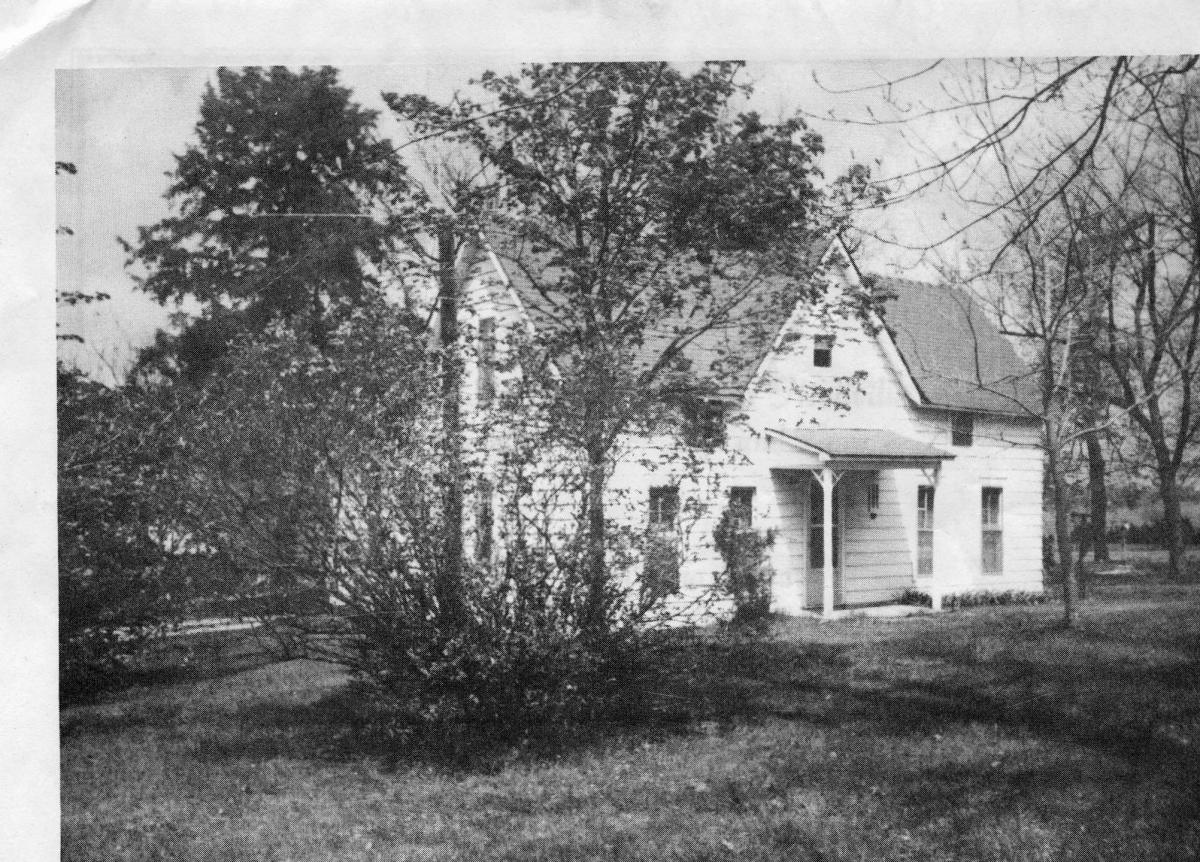 Neighbors
Neighbors